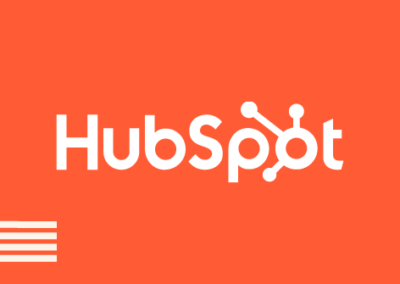Introduction
In today’s fast-paced business world, organizations need to constantly strive for high performance results to keep up with the competition. One way to achieve this is by using the right tools and technologies to manage and organize your data. In this article, we will take a closer look at HubSpot Required Fields, a feature that helps organizations ensure that important data is captured and organized correctly. And more importantly that deal- and/or ticket processes follow your tailored best practice.
What is HubSpot Required Fields?
HubSpot Required Fields is a feature that allows organizations to specify which data fields are required for each contact, company, or deal in their HubSpot account. This means that when a new contact, company, or deal is created, the user will be required to fill in the specified fields before the record can be saved. This ensures that important information is not missed, and that data is organized consistently across the organization. Secondly, you can set required properties for specific deal- and ticket stages, meaning that the required data becomes contextual to the process step your client/lead is currently in, aiding the strive for best practice processes.
Benefits of Using HubSpot Required Fields
There are several benefits to using HubSpot Required Fields. First, it helps organizations ensure that important data is captured and organized correctly. This is important for maintaining accurate records and making sure that key information is not missed enabling insights and reporting. Secondly, the process adaption of required properties materializes central aspects of your best practice for each step.
Second, HubSpot Required Fields can help organizations save time and improve productivity. By ensuring that important data is captured and organized correctly, users can avoid the need to go back and update records later, which can be time-consuming.
How to Use HubSpot Required Fields
Using HubSpot Required Fields for record creation is easy and straightforward. Here is a step-by-step guide on how to get started:
- Sign in to your HubSpot account and go to the settings page.
- Click on the “Properties” tab and then click on the “Contacts,” “Companies,” or “Deals” tab, depending on which type of record you want to set required fields for.
- Click on the property you want to make required, and then select the “Required” option in the dropdown menu.
- Repeat this process for any additional properties you want to make required.
Who Uses HubSpot Required Fields?
HubSpot Required Fields is used by a wide range of organizations, including B2B companies in the SaaS, finance, professional services, and tech industries. These companies rely on the feature to ensure that important data is captured and organized correctly, and to maintain consistent data across their account, as well as streamlining processes enabling best practices.
Example of using HubSpot Required Fields
Imagine that you are a sales manager at a B2B tech company. You are using HubSpot to manage your sales pipeline and track your deals. One of the key pieces of information you need to track is the budget of each deal.
To make sure that this information is always captured and organized correctly, you can use it to make the “Budget” field required in specific deal stages. This means that when a deal moves to the relevant stage(s), the user will be required to fill in the budget before the deal can move forward. This ensures that the budget information is always captured and organized consistently across your organization.
For further reading click here to learn more about how Radiant uses Hubspot to increase growth
Radiant Rating and Recommendation
8/10 – quite good! You don’t only save time, you create the foundation for insights and enable best practice for each stage.
Requirements:
A starter subscription in HubSpot.



